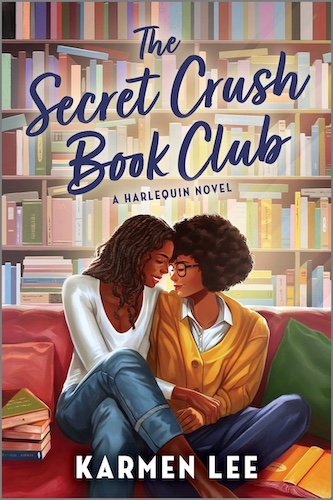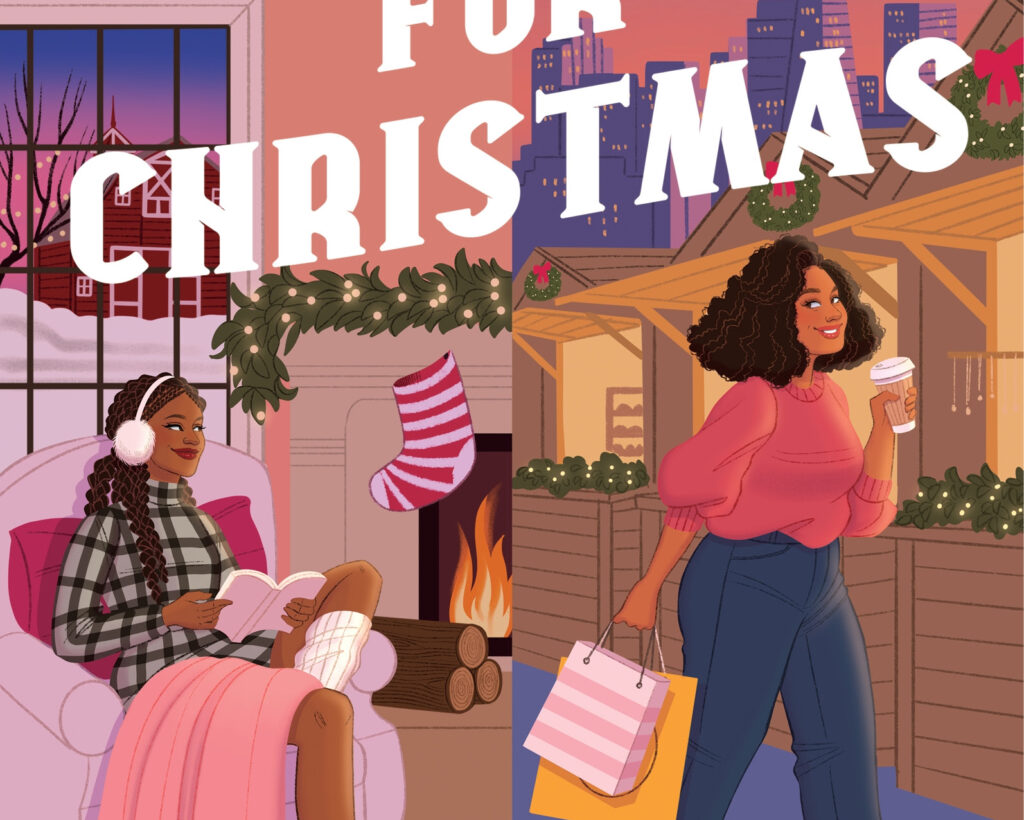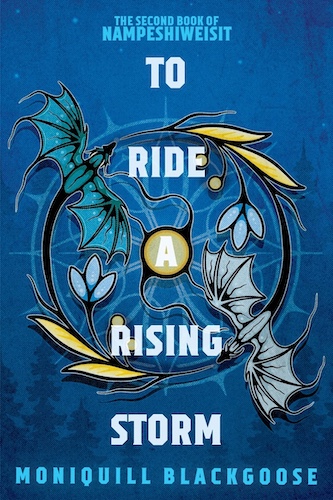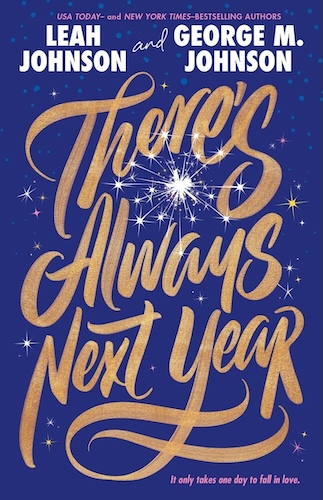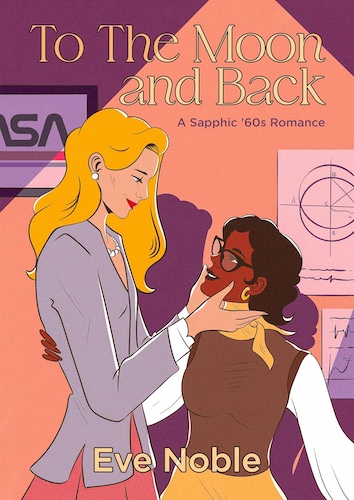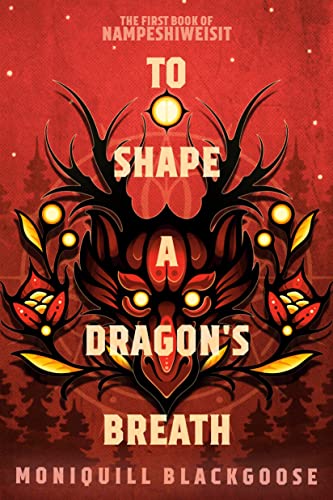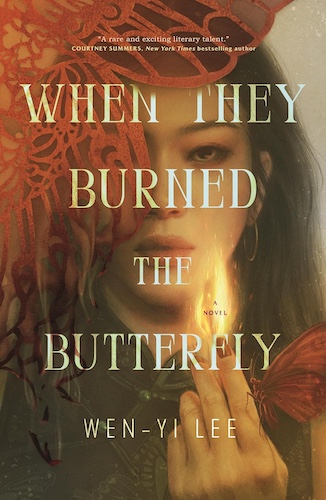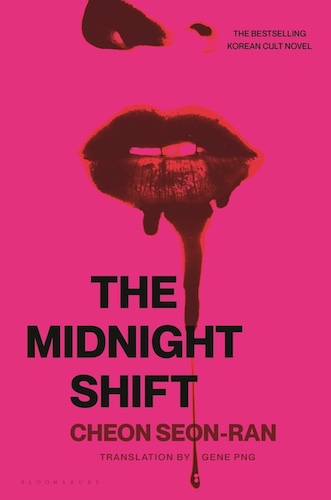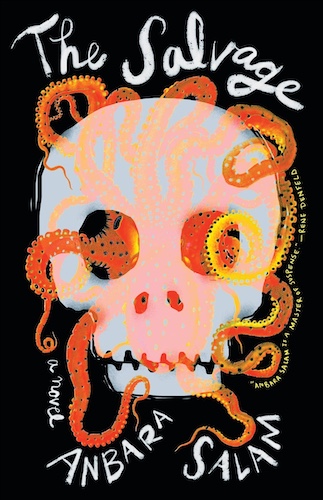I’ve never read a book that would fall into the “low-angst romance” category, until I picked up The Secret Crush Book Club by Karmen Lee. The book is the third in a series that takes place in a quaint small town called Peach Blossom. This Black sapphic romance follows two women in their late 20s, Dani and Zoey,Read More
A Cozy Queer Christmas Romance for Fans of The Holiday: I’ll Be Gone for Christmas by Georgia K. Boone Review
I watch The Holiday every December, so when I heard about a sapphic book coming out with the same premise—two strangers swap houses over the holidays and fall in love with people from each other’s lives—I knew I had to pick it up. As you’d expect, we have two main characters: Clover, who left herRead More
The Dragons are Fantasy but the Colonialism is Very Real: To Ride a Rising Storm by Moniquill Blackgoose
A magical school story, a political critique, a dragon rider fantasy: so many of my favourite things! Book 1 of the Nampeshiweisit series was one of my favourite books of the year and contained probably my most memorable reading moment, in which Anequs makes an incredible discovery that rewrites her understanding of her dragon and ofRead More
A Queer Black Holiday RomCom: There’s Always Next Year by George M. Johnson and Leah Johnson
This book feels like a teen holiday romcom movie in book form—if those movies ever starred queer Black main characters. We switch between two points of view: Dominique, who took off to New York City to chase his influencer dreams; and Andy, his cousin, who stayed in their hometown and is pursuing her career goalRead More
Love and Rocket Science: To the Moon and Back by Eve Noble
Finally, someone taps the vast romantic potential of mathematics and physics. To The Moon is a historical fiction novel set during the Space Race following two NASA employees: Katrina Ivanova, a mathematician and Soviet turncoat, and Gloria Johnson, a brilliant Black physicist stuck working as a secretary for her white peers. Katrina fled from the SovietRead More
An Absorbing Fantasy Series Opener: To Shape a Dragon’s Breath by Moniquill Blackgoose
Dragons seem to be having a pop culture moment once again, whether it’s on your TV or on your bookshelf, as alluring shapeshifters or war steeds. In a crowded field, Moniquill Blackgoose’s To Shape a Dragon’s Breath holds its own as a unique take on classic fantasy tropes. Set in an alternate version of 1800s Massachusetts, theRead More
Girls Gangs with Fire Magic: When They Burned the Butterfly by Wen-yi Lee
Wen-yi Lee’s debut, The Dark We Know, a YA horror, was one of my favorite books of last year. So, when I learned she had an adult fantasy coming out, I was already excited, but the premise of a lesbian girl gang in 1970s Singapore (with magic!) made this one of my most anticipated releases ofRead More
Vampires, Murder Mysteries, and Loneliness: The Midnight Shift by Seon-Ran Cheon, Translated by Gene Png
At its core, this is a book about the kind of loneliness that persists even in a life filled with relationships. I read it on honeymoon—almost a year late because of a cancer treatments—and understood immediately what Seon-Ran Cheon’s vampires were hunting. Cancer ghosting taught me: you can be most alone with a contact listRead More
Family Matters: Next Time Will Be Our Turn by Jesse Q Sutanto
Next Time Will Be Our Turn was the perfect book to read on an airplane, because so much of it involves characters travelling from one country to another, reflecting on what makes a home a home and what it means to live somewhere that doesn’t have room for their whole self. Fair warning, though: itRead More
A Claustrophobic Sapphic Gothic: The Salvage by Anbara Salam Review
Before I get into it, I will say that my favourite part of this book was how information was slowly revealed, so I recommend going into this without knowing much about it. If you’re in the mood for a claustrophobic gothic novel set on a small, frozen-over island, pick this one up and skip overRead More
- 1
- 2
- 3
- …
- 28
- Next Page »
